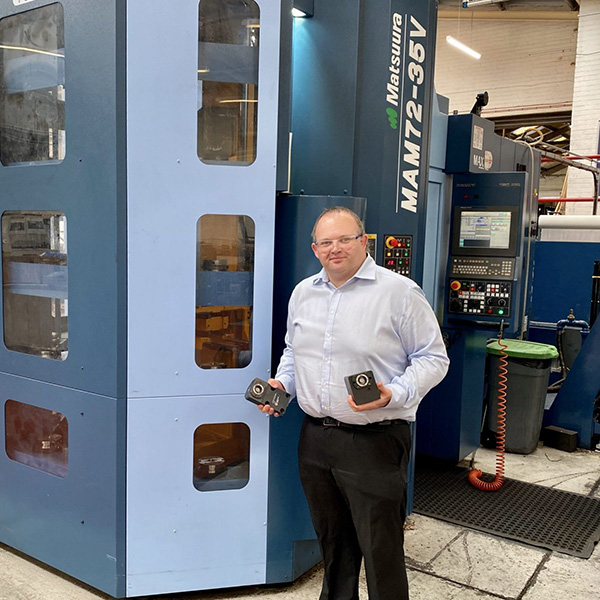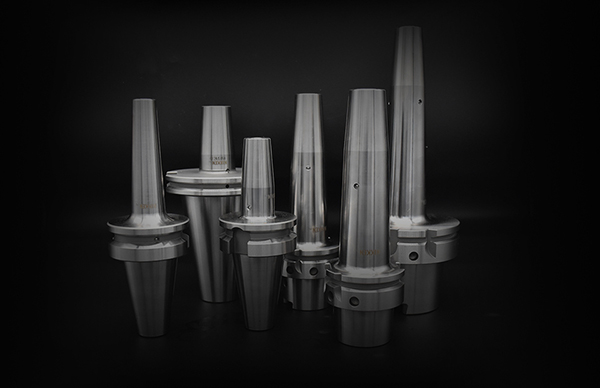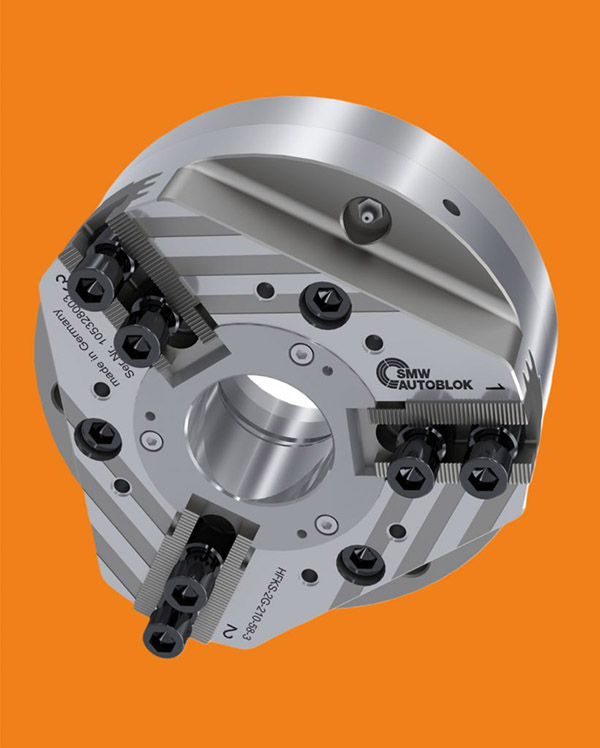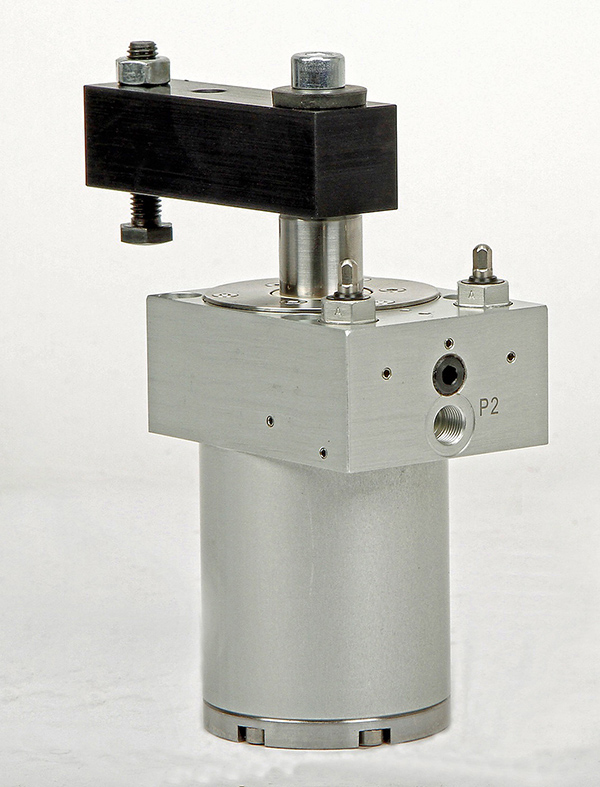Tooling expert Walter GB has introduced its new AB735 synchronous threading adaptor that is designed to minimise the axial forces that occur during tapping and threading – caused by the rotation of the machine spindle and its feed travel. The new adaptor is said to reduce tool wear and, in particular, thread flank wear, while reducing the chance of tool breakages.

In addition to extending tool life, the lean, short design of the adaptor, which can be used in all standard ER collet chucks, makes it ideal for use in tight spaces, such as in turn-mill centres.
According to Walter the AB735 synchronous threading adaptor is more cost-effective than comparable systems. Notably, the AB735 features quick-change exchangeable front pieces to enable different thread sizes and tool diameters (ER16 to ER32) to be used with the same collet – and tools with and without internal coolant supply – thus contributing to overall tool cost savings.
The low maintenance requirements and high level of process reliability of the adaptor also have a very positive effect, chiefly by reducing the risk of breaking the threading tool. Walter says the quick-change system is particularly suited to applications in the series production of threads and/or applications where the machine’s synchronisation results in a high tool wear rate.
For further information www.walter-tools.com























